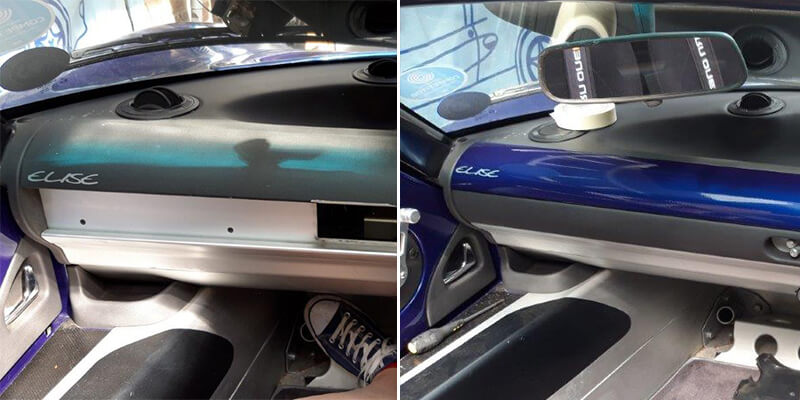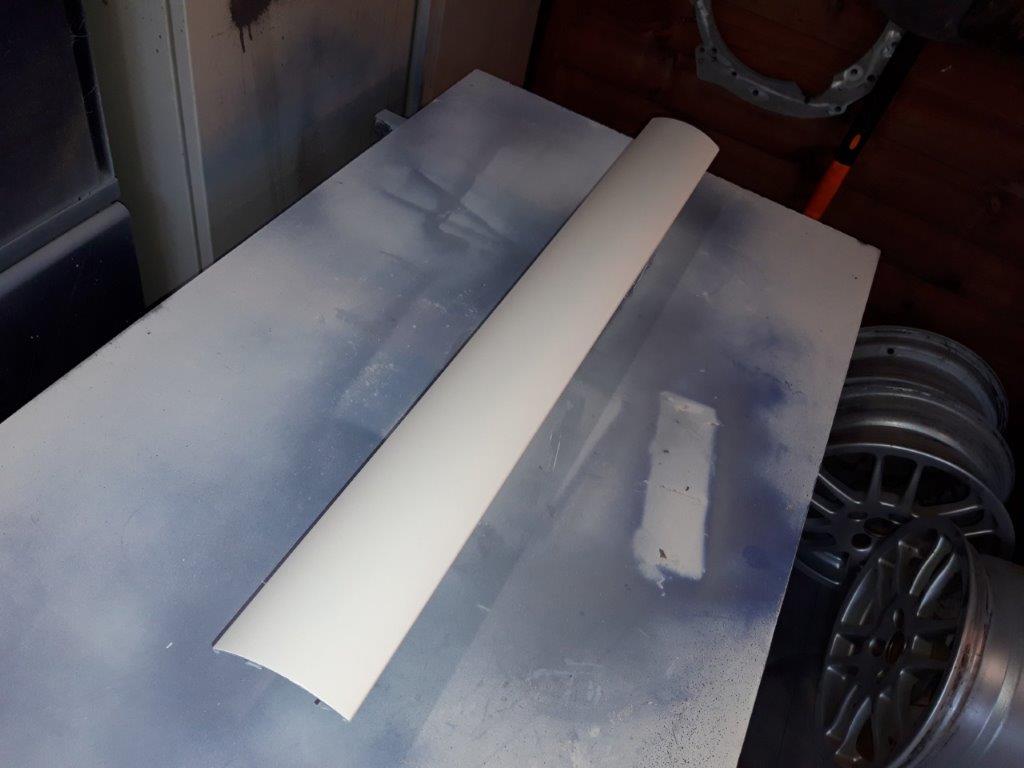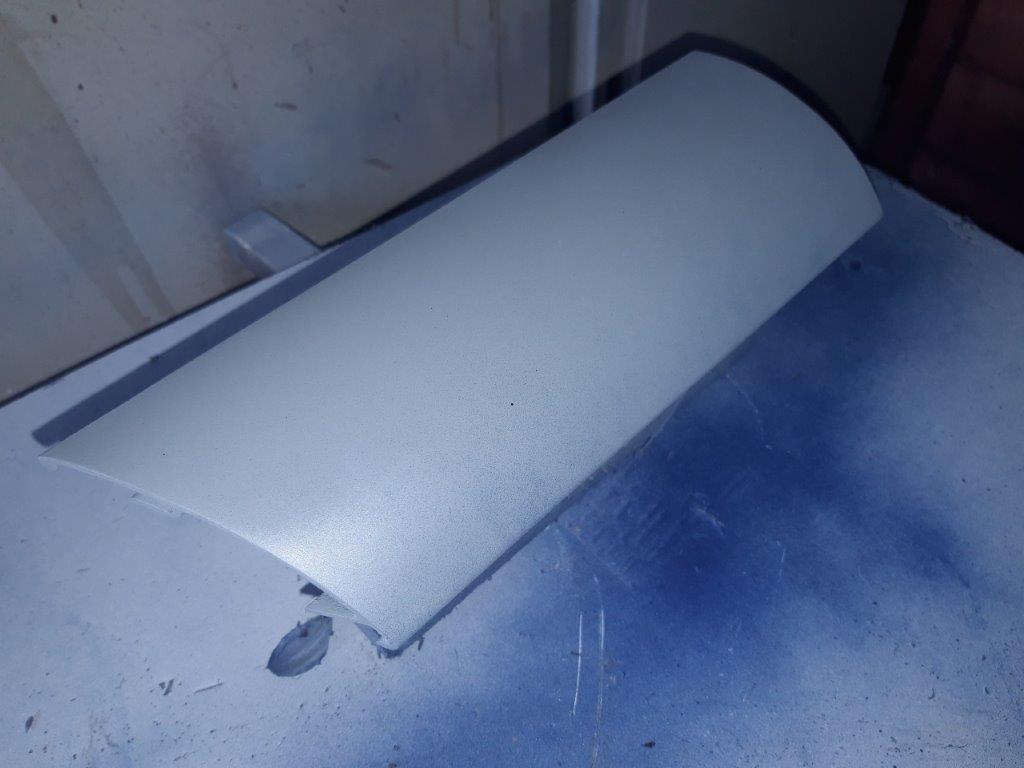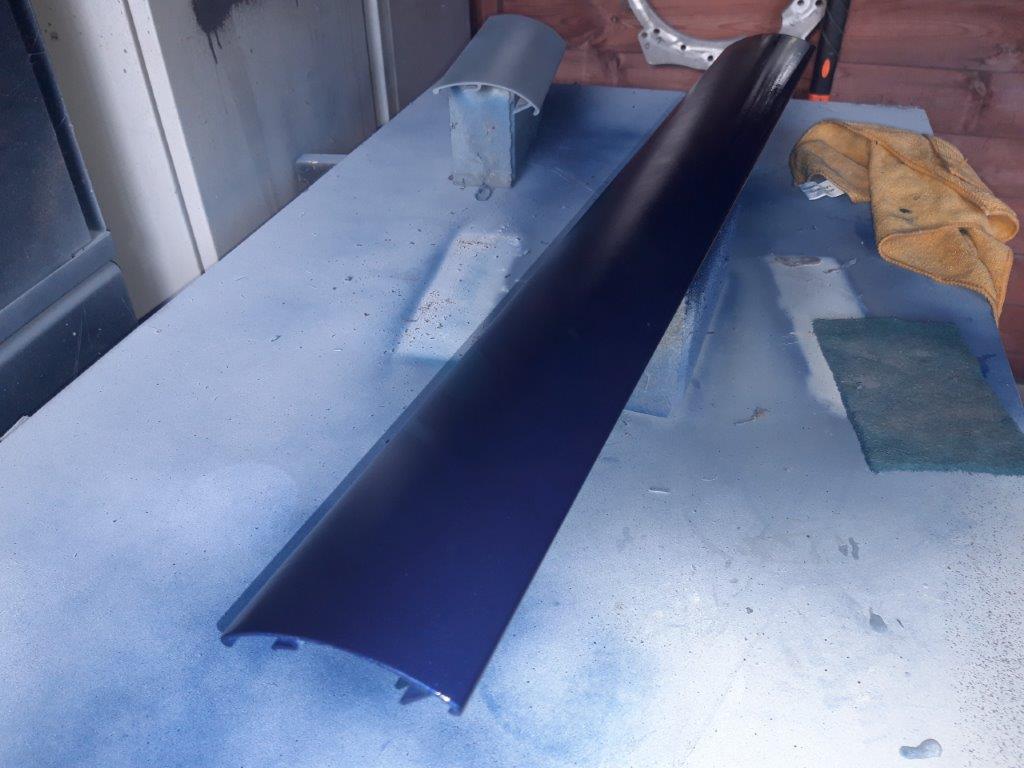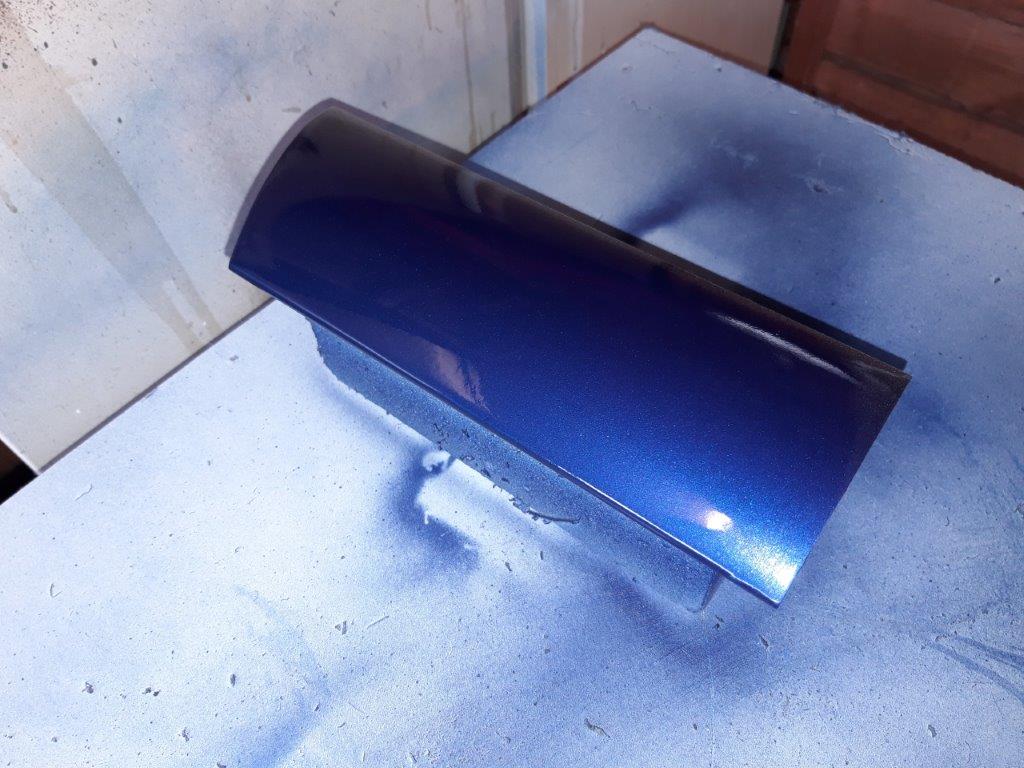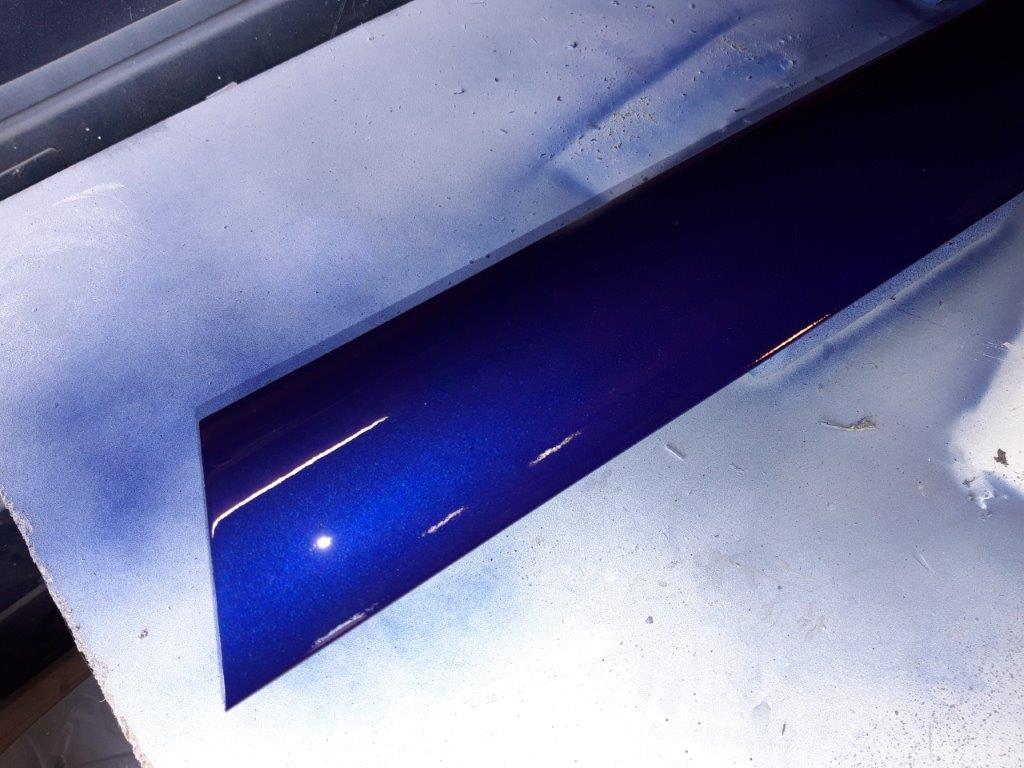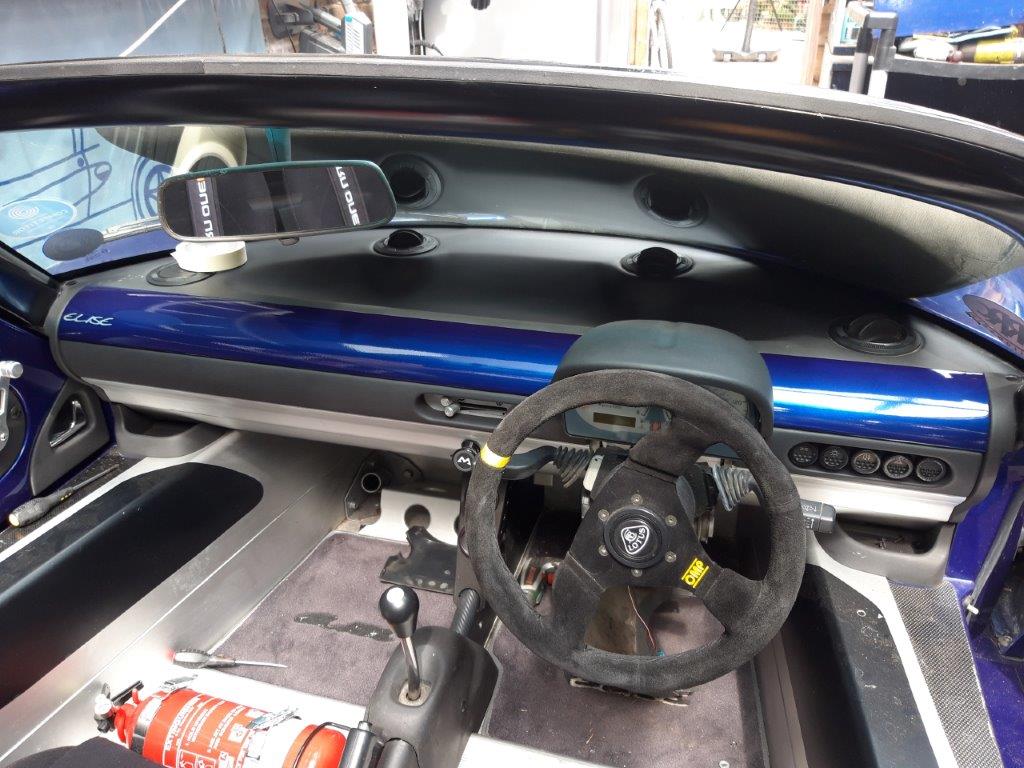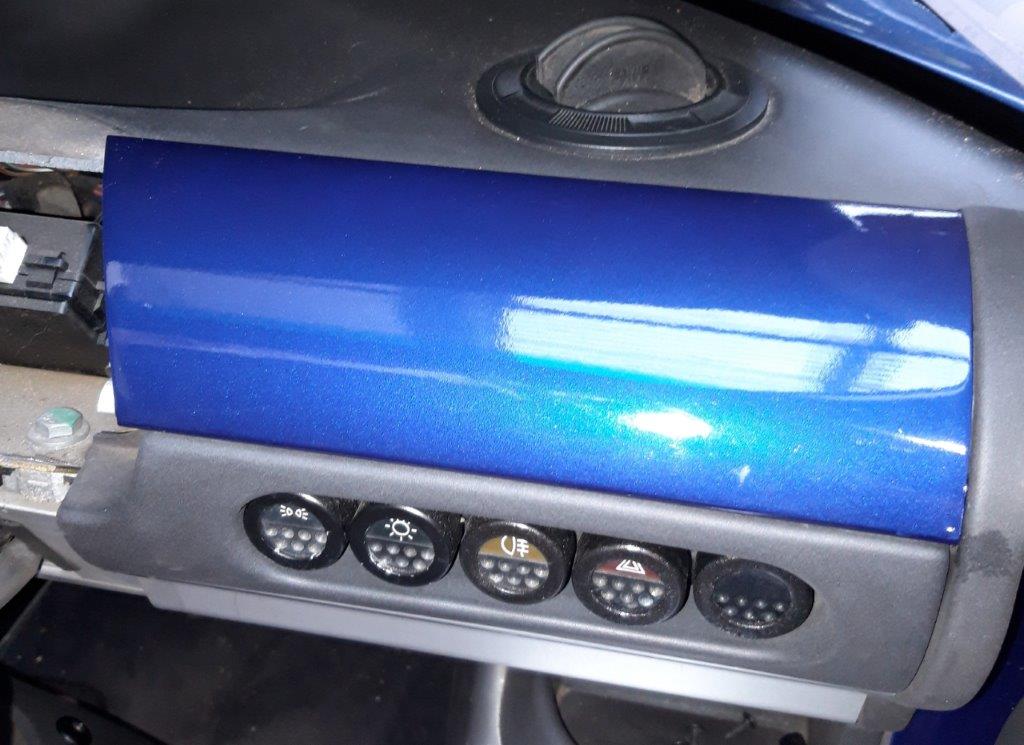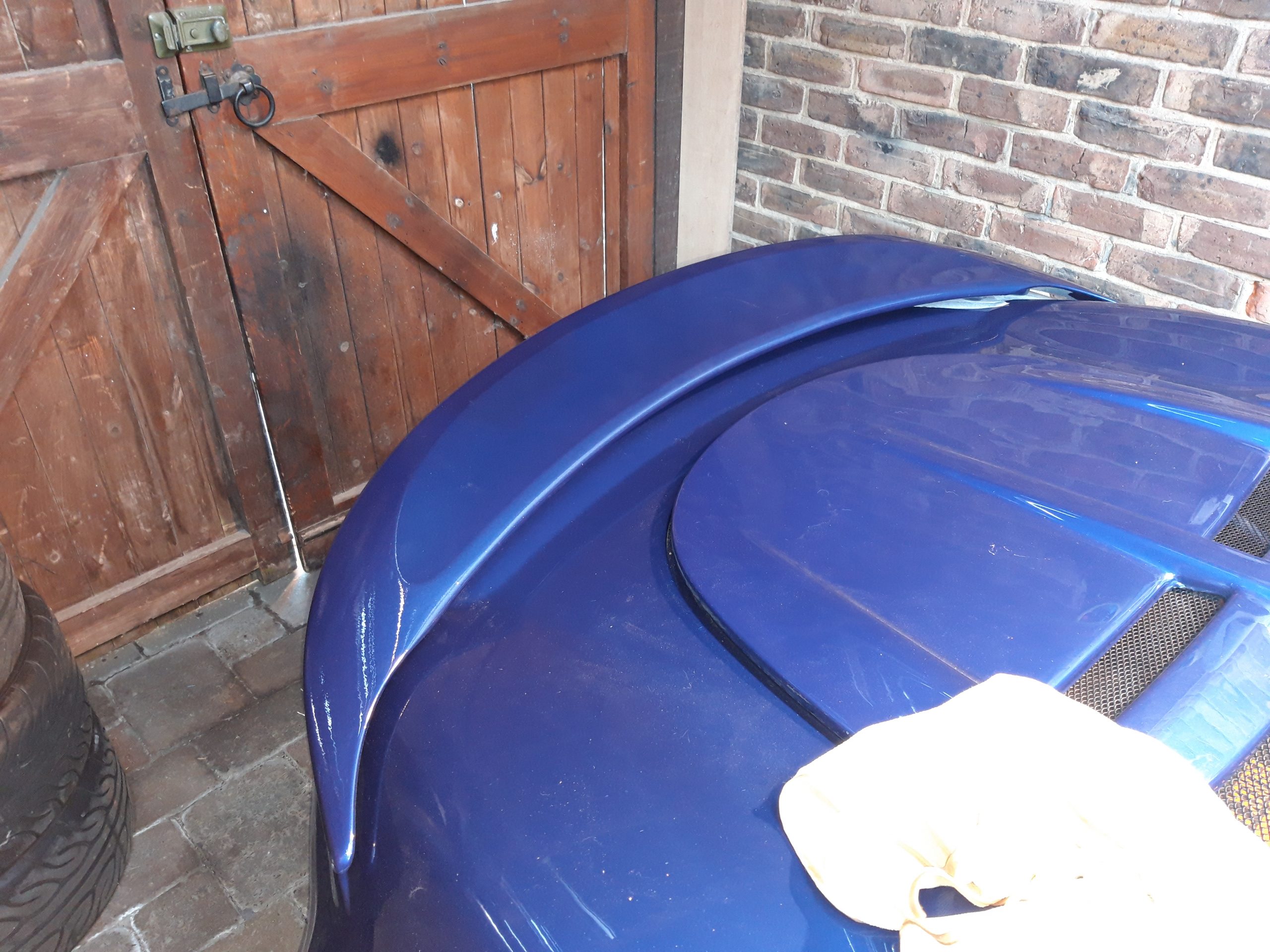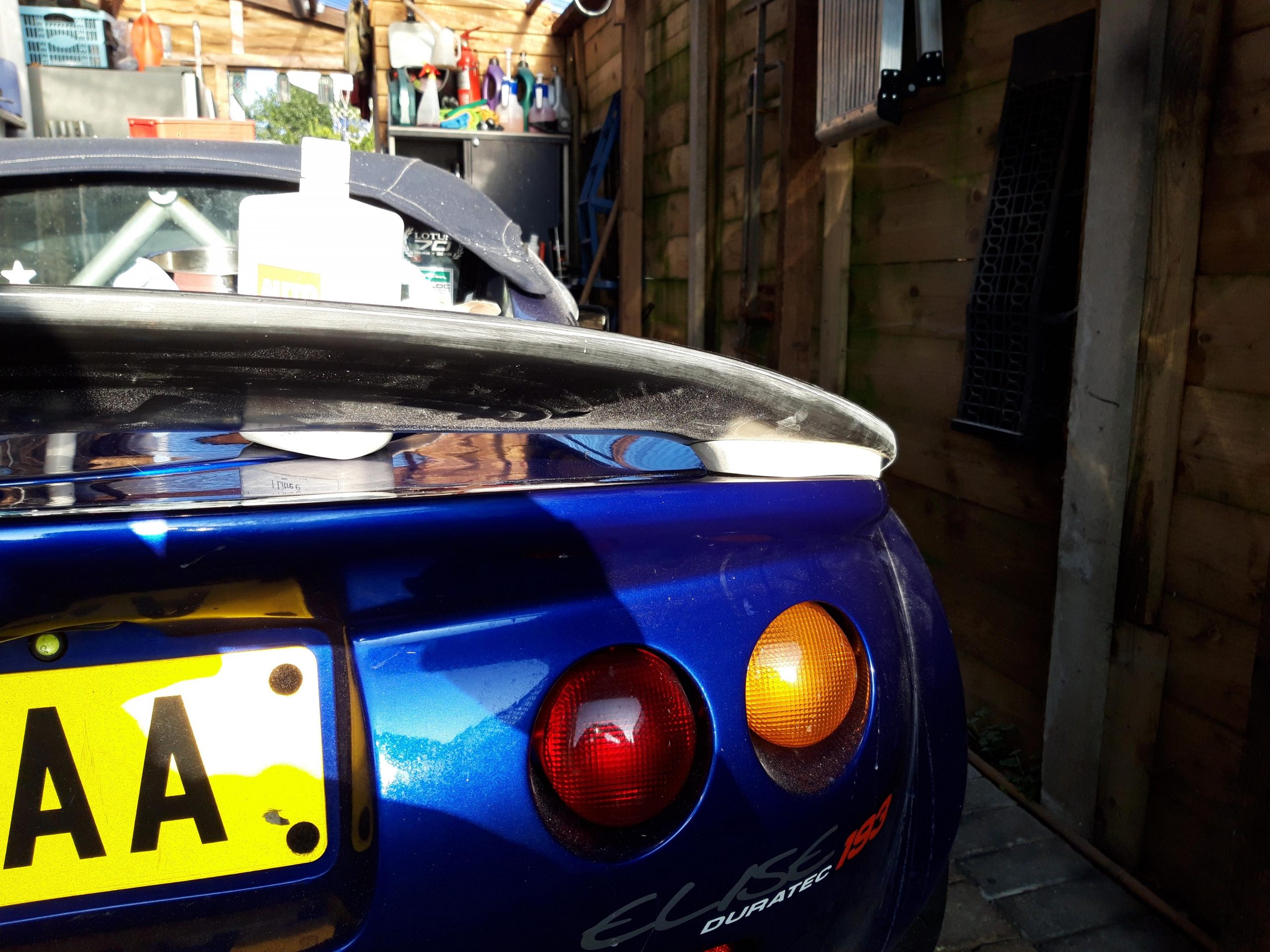One of our customers, Mark, recently repainted several aspects of his Lotus using our high build primer, base coat and 2K gloss lacquer. Take a look at how this was achieved, and you can do the same from home!
Tools And Paints Needed To Repaint A Lotus
- Sanding block and sanding paper (120 + 240 + 600 Grit)
- Good quality painting mask
- Masking tape
- Degreaser
- High build primer
- Lotus base coat paint
- 2K gloss lacquer
Method For Repainting A Lotus
Most spoilers are generally made with either a composite plastic, fibreglass or carbon fibre as this allows them to be lightweight; therefore, the prep will usually be the same. We suggest ensuring that you have all you need to start the job without interruption. The project itself is a reasonably easy job, and it’s definitely something you can do at home with practice and patience.
Firstly, clean and prep your spray area. Wrap your sanding block with 120 Grit paper and sand down the affected area. Sand down the area until the surface is nice and flat, remove the dust and then smooth down even finer with the 240 Grit sandpaper. Once you are happy with the surface, you can sand down once more with a 600 Grit wet and dry. The final sanding will determine the area to spray on, so take time to ensure it’s a nice smooth finish. The finer the surface, the less likely you will need to sand down between paint coats.
When you reach a stage in which you are happy with the sanded area, remove all dust particles possible and then clean down with degreaser to remove any possible chemical residues. Mask off any areas you do not wish to paint.
TOP TIP: Mask any open screw recesses so you not to get paint clogging up the holes when you re-screw the spoiler in place.
Apply at least two coats of primer leaving at least 40 minutes cure time between coats.
TOP TIP: Remember not to apply the primer too thick or the primer coats will take longer to cure. If you apply the first primer coat too thick and then reapply the second coat too early, the first coat will not have cured and will still be drying underneath, which will lead to cracking and webbing.
Once the primers are fully cured, you can move forward to the base coat. Spray from left to right in passes, releasing the nozzle when you leave the substrate and then pressing the nozzle down just before you hit it again. Overlap your passes by 50%. Once you have finished spraying horizontally (adjust the variflow nozzle at the front from horizontal to vertical) you can then make passes vertically to reduce the chance of tiger stripes in your paint. Apply a minimum of two coats (preferred 4 coats). Continue applying coats until the affected area is sufficiently covered.
TOP TIP: If you apply the paint too thick and you cause runs in the paint, DO NOT attempt to wipe them off. Wait for the paint to fully cure, then sand the runs our and reapply the base coat.
Finally, once the base coats are cured, and you are happy with the outcome, its time to apply the 2K Lacquer. It’s vitally important to appreciate the strength and severity of 2K products. For more information on this, please head over to the HSE website. Ensure you have a good quality spray mask capable of dealing with the Isocyanates in 2K products. Apply at least two coats of 2K Gloss lacquer and a third if you deem necessary (for any runs in the paint see the notes above). Leave at least 40 minutes to an hour between coats at room temperature.
Once you have applied the final coat, leave to cure overnight. After the paint has cured for 24 hours at room temperature, you can buff and polish to a High Gloss.


